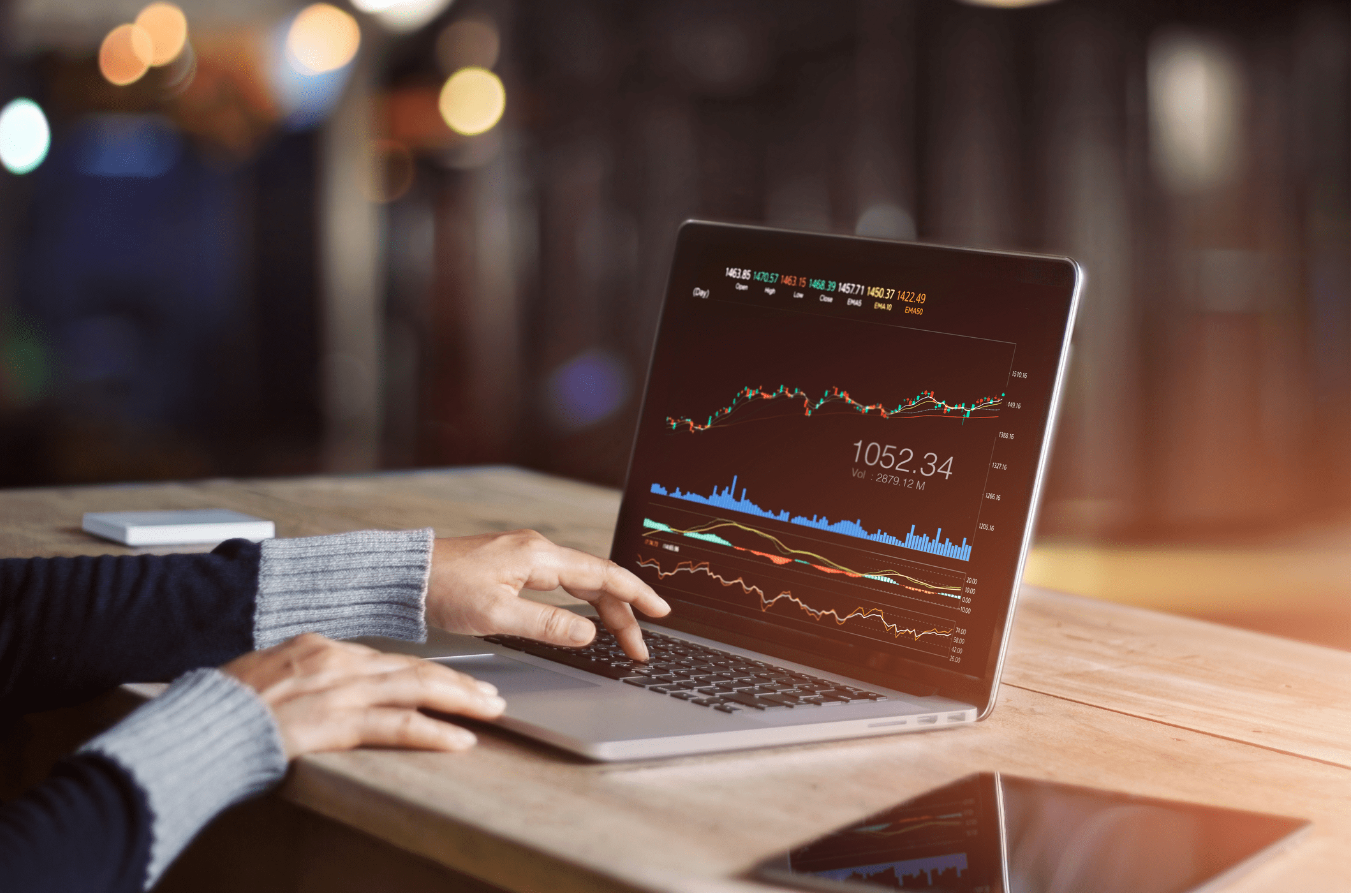Navigating the futures market during a U.S. presidential election year can be tricky, especially for new traders. Election seasons tend to spark market volatility as traders react to political developments, poll results, and policy shifts. But with the right strategies in place, you can manage the ups and downs while positioning yourself for potential gains.
Here’s a breakdown of how to approach futures trading in the run-up to an election, focusing on risk management, smart positioning, and actionable tips.
Recognize the Impact of Election Volatility
Presidential elections bring uncertainty. When it comes to the markets, uncertainty often leads to volatility, and the futures market is no exception. Understanding how different assets might react to potential election outcomes is key to making informed trading decisions. For instance, energy futures could be influenced by environmental policies, while equity index futures may swing based on shifts in regulatory outlooks.
Tip: Keep an eye on the policies and sectors each candidate is likely to impact. This awareness can help you anticipate movements and manage positions accordingly.
Diversify Your Futures Portfolio
Election seasons can cause sharp movements in various asset classes. Rather than focusing on a single market, consider spreading your exposure across multiple futures contracts, such as commodities, stock indices, or currencies. This diversification can help offset potential losses in one market with gains in another.
Practical Advice: If you’re new to futures trading, diversifying across asset classes can help reduce overall risk during a time when prices may become erratic.
Leverage Stop-Loss Orders to Manage Risk
Volatility increases the chance of large price swings, and managing downside risk is crucial. By using stop-loss orders, you can limit potential losses without needing to monitor the markets constantly. A stop-loss order automatically sells your position once the market reaches a specified price, helping you avoid steep losses.
Pro Tip: Decide on a risk threshold for each trade before you enter the market. A stop-loss order ensures that you stick to your plan and don’t make emotional decisions if the market moves against you.
Use Options as a Hedge
One of the most effective ways to hedge your futures positions during election season is through the use of options. By purchasing put options, you can protect your positions from significant downside risks while retaining the ability to benefit from potential price increases.
Strategy to Try: If you’re long on a futures contract but worried about a sudden drop due to election-related news, consider buying a put option. This allows you to limit potential losses while maintaining exposure to potential upside.
Focus on Highly Liquid Markets
Liquidity is crucial during volatile periods. Highly liquid markets make it easier to enter and exit trades, reducing the risk of slippage or unfavorable price movements. During the election season, markets like the S&P 500 E-mini and crude oil futures are known for their depth, making them attractive to new traders looking for opportunities without the risks associated with illiquid markets.
Tactical Tip: Stick to futures markets that offer significant liquidity during election season. Liquidity allows for smoother execution and smaller spreads, both of which are crucial when the market is moving fast.
Stick to Your Trading Plan
In the run-up to an election, the media is full of market-moving headlines, and it’s easy to get swept up in the noise. Sticking to your trading plan is essential. Before election season, set clear goals, define your risk tolerance, and know when to exit a position—whether for profit or to limit losses.
Reminder for New Traders: Don’t let emotion drive your trading decisions. Build a strategy that works for you and stay committed to it, regardless of the noise coming from news and polls.
Watch for Post-Election Market Reactions
Market reactions don’t stop on election night. The days and weeks following the election can bring additional volatility as policies are announced and the market digests the results. Be prepared for continued price movements even after the election is decided.
Final Thought: Keep your strategies flexible post-election. Unexpected developments could still trigger sharp moves in the futures markets.
Conclusion: Preparing for Election-Season Trading
Election seasons are known for their volatility, but this doesn’t mean you have to sit on the sidelines. By using strategies like diversification, stop-loss orders, and options, you can manage risk and potentially capitalize on the opportunities volatility provides. Stay disciplined, follow your trading plan, and be prepared to adapt as the election unfolds.
With these strategies in place, new futures traders can approach election season with greater confidence, ready to navigate the uncertainty while aiming for success.


